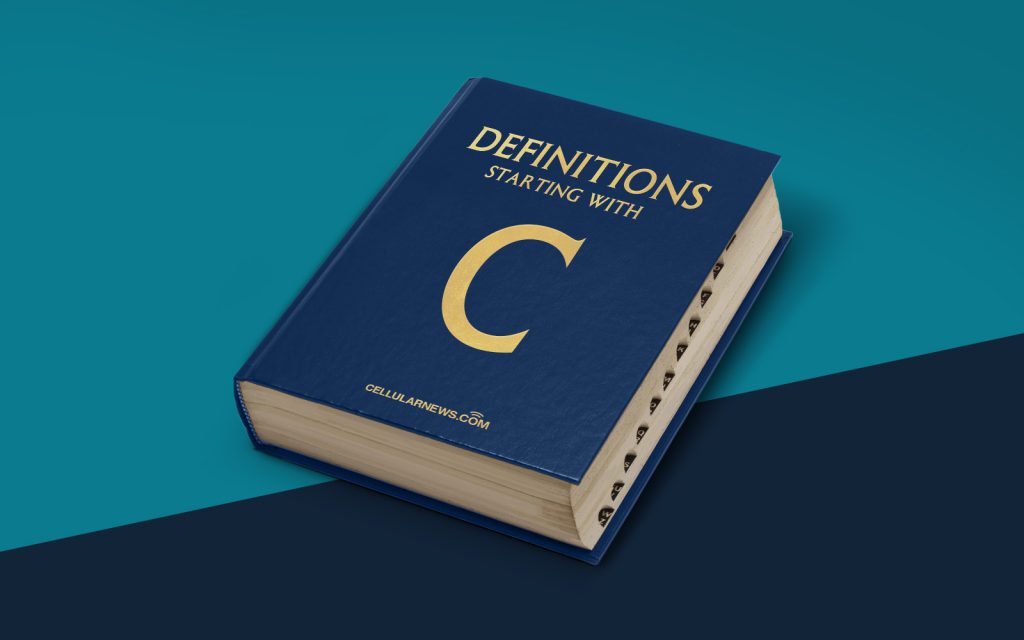
Understanding Convolutional Neural Networks (CNNs): A Deep Dive
In the world of artificial intelligence and machine learning, Convolutional Neural Networks (CNNs) have become a buzzword. But what exactly is a CNN, and why is it important? In this article, we will take a deep dive into the concept of CNNs, exploring their structure, functionality, and the key benefits they offer. Let’s get started!
Key Takeaways:
- A Convolutional Neural Network (CNN) is a type of artificial neural network designed specifically for image recognition and processing.
- CNNs excel at tasks such as image classification, object detection, and image segmentation, making them a crucial technology in computer vision applications.
What is a Convolutional Neural Network (CNN)?
Imagine looking at an image and effortlessly recognizing the objects and patterns within it. This seemingly simple task is thanks to the extraordinary potential of Convolutional Neural Networks. Unlike traditional neural networks, CNNs are specifically tailored for image processing and analysis.
A Convolutional Neural Network consists of three primary components:
1. Convolutional Layers
In a CNN, the convolutional layers are responsible for extracting critical features from the input images. They accomplish this through a process known as convolution, which involves applying a set of filters to the image. Each filter scans the input image, highlighting specific patterns or features.
Essentially, the convolutional layers act as filters, detecting edges, shapes, textures, and other visual elements within the image. These layers are equipped with learnable parameters that enable them to adapt and identify complex patterns accurately.
2. Pooling Layers
Pooling layers serve a crucial role in reducing the spatial dimensions of the feature maps generated by the convolutional layers. This downsampling process helps in decreasing computation and preventing overfitting in the network.
The most popular pooling operation is max pooling, where the pooled value is the maximum value within a specific region of the feature maps. This helps to capture the most salient features while discarding unnecessary details, making the network more robust and efficient.
3. Fully Connected Layers
The fully connected layers, also known as dense layers, are responsible for making the final predictions based on the features extracted in the previous layers. These layers connect every neuron to every other neuron, forming a complex network of connections.
The fully connected layers are typically found towards the end of the CNN and are responsible for outputting class probabilities or making classifications based on the learned features.
Why are Convolutional Neural Networks Important?
CNNs have revolutionized the field of computer vision and have become an essential tool in various applications:
- Image Classification: CNNs excel at classifying images into different categories. They can accurately identify objects within images, whether it’s distinguishing between cats and dogs or even classifying thousands of different objects.
- Object Detection: CNNs can detect objects within images and localize them by drawing bounding boxes around them. This ability is invaluable in applications like autonomous driving, facial recognition, and surveillance systems.
In addition to these applications, CNNs have shown promise in other domains, such as natural language processing, drug discovery, and even art generation. The ability to capture and understand complex patterns in visual data has made CNNs an indispensable tool in various industries.
In conclusion, Convolutional Neural Networks (CNNs) are a specialized type of neural network designed for image processing and analysis. With their ability to extract meaningful features from images, CNNs have opened the door to countless applications in computer vision. As technology continues to evolve, CNNs will play an increasingly critical role in shaping our future.
